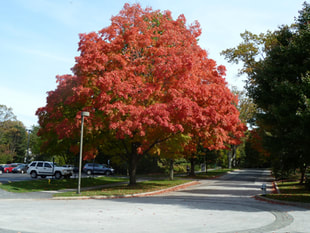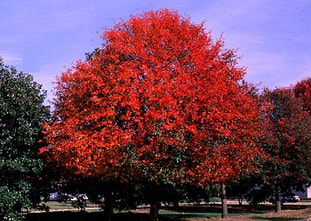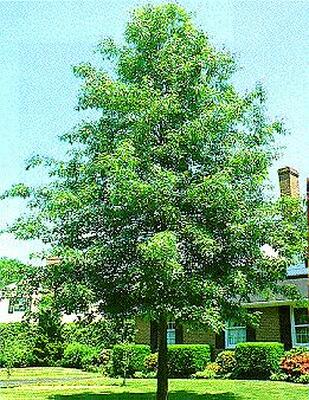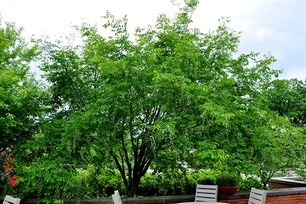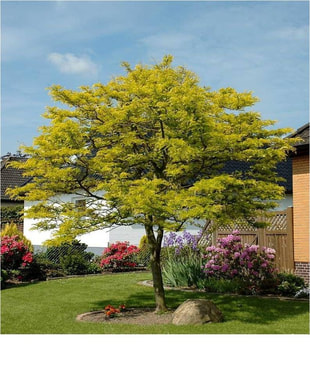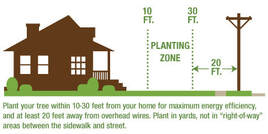5 Great Shade Trees for Your Yard
|
Where to plant: Plant trees so they will shade east-facing walls and windows from 7 to 11 a.m. and west-facing surfaces from 3 to 7 p.m.during June, July, and August. Plant smaller deciduous or evergreen trees with lower limbs northwest and northeast of the building to provide late afternoon and early morning shade. The cool factor of trees Trees cool your home naturally and quietly...
Improving our air, water, and more… Hard working trees make our whole world greener and healthier...
|

